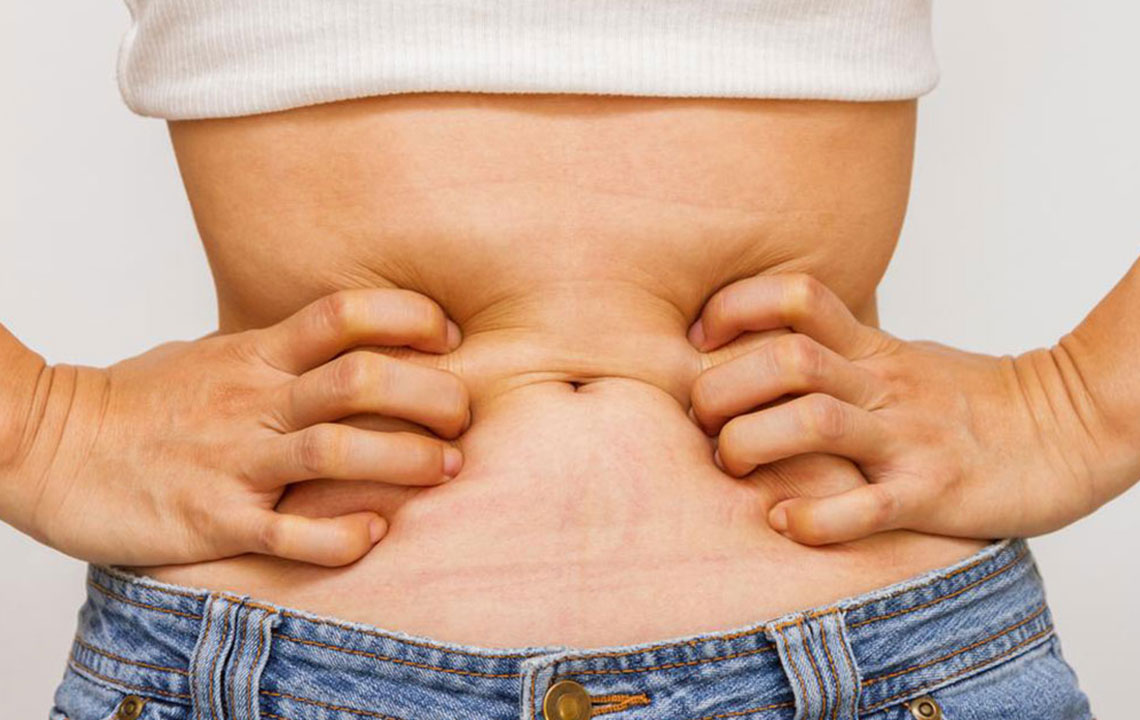Treatment Methods to Relieve Chronic Endometriosis Pain
Pain in the pelvic region, which lasts over six months, is considered to be chronic. One of the common causes of chronic pelvic pain in women is endometriosis. Approximately 50% of women experiencing chronic pelvic pain may be suffering from endometriosis. Chronic pain in the pelvic area is a major warning for endometriosis. However, the extent and duration of chronic endometriosis pain are not dependent on the severity of the disorder.

What is Endometriosis?
When the thin layer of tissue in the uterus called the endometrium grows outside its normal location, it’s called endometriosis. This tissue grows inside the uterus and flushes away in the course of a normal menstrual cycle. Endometriosis leads to lesions in the affected areas. Endometriosis lesions appear as spots and can cause pain and discomfort.
13 Common Symptoms of Endometriosis
Women who have experienced or are currently experiencing chronic endometriosis pain usually display the following symptoms:
- Abdominal pain
- Painful menstruation or primary dysmenorrhea
- Menstrual cramps in the lower back or secondary dysmenorrhea
- Discomfort accompanied by irritable bowel movement
- Infertility
- Dragging upper leg pain
- Pain during sexual intercourse
- Psychological trauma
- Severe headaches or migraines
- Fatigue and joint pain
- Prolonged or heavy menstrual bleeding (menorrhagia)
- Pain resulting from side effects of medicines and treatment
Even with no symptoms, you must get regular medical examinations done. This will allow your gynecologist to monitor any genomic changes, especially if you have more than one symptom of endometriosis.
Endometrioma or Chocolate Cysts In the Ovary
Women affected with acute endometriosis are likely to have an Endometrioma. These are also described as chocolate cysts. The cyst comprises of a dense brown fluid and a thick wall. It develops inside the ovary, making the ovary larger. An operation called an ovarian cystectomy can remove the cyst. The procedure leaves the unaffected part of the ovary untouched, and only removes the cyst.
Treatment of Chronic Endometriosis Pain
Unless tackled effectively and mitigated, chronic endometriosis pain can cause immense discomfort and disturbance to your daily life. Endometriosis doesn’t have a permanent cure, but its symptoms can be controlled and treated.
Medical or surgical intervention can reduce your symptoms and alleviate chronic endometriosis pain. Your doctor is likely to start with conventional treatments and proceed based on whether there are signs of improvement. If he is not satisfied with the progress, he may tell you to go in for laparoscopic surgery,
Response to these treatments varies from person to person. Your doctor will help you understand your options to ensure you find the one that is most suitable for you.
The early stages of endometriosis require appropriate diagnosis and treatment. Being unable to get the right treatment and care can be immensely frustrating. The physical pain coupled with the psychological fears of infertility and pain can take a toll on many people. Attending counseling or even joining a support group can help cope with endometriosis pain.
6 Treatment Options
Heat and Stress Relief Methods
You can use a hot water bottle or take a hot bath. This will decrease pain caused by abdominal cramps. Heat packs have also been found to help relieve pain in a large section of women. Reducing stress and other tensions can also be helpful in relieving pain.
Pain Relief Medication
You can try out pain medication such as ibuprofen, which is available over-the-counter. But always ensure you consult a doctor and only take medication under their guidance.
Hormone Therapy
You can take hormone supplements to reduce symptoms of endometriosis. Hormone therapy can reduce pain and stop the progress of endometriosis. Hormone therapy helps your body to regulate its hormonal changes during your regular menstrual cycle. These are the hormones that support the endometrial tissue growth that’s responsible for pain.
Contraceptives and Hormonal Treatment
Contraceptives can put an end to the monthly development of endometrial tissue. Oral contraceptive pills, patches, and vaginal rings can help relieve the pain. This, however, is only useful in less severe cases of endometriosis.
Medroxyprogesterone injections can temporarily stop menstruation. This can be helpful because it reduces pain and other symptoms of endometriosis. However, this may not be your first choice as there can be some negative effects. Reduced bone mass and bone density are just some of the possible side-effects. They can also lead to mood swings and hot flashes in some women. In some instances, hormone injections heighten the chance of depression. This ideally won’t be your first pick because of the side-effects. However, if you’ve tried all other alternatives with little relief, you’ll have to resort to contraceptives and hormone injections..
Laparoscopy or Conservative Surgery
Conservative or minimally invasive surgery is recommended for women suffering from acute endometriosis pain. For some women, hormonal treatments are not effective. In such cases, conservative or laparoscopic surgery is recommended. Conservative surgery aims to completely stop endometrial growths through a minimally invasive procedure. At the same time, it ensures that your reproductive organs are not damaged. Laparoscopic surgery diagnoses and removes the affected tissue in less severe cases of endometriosis. Consult your doctor and opt for laparoscopy if all other methods fail.